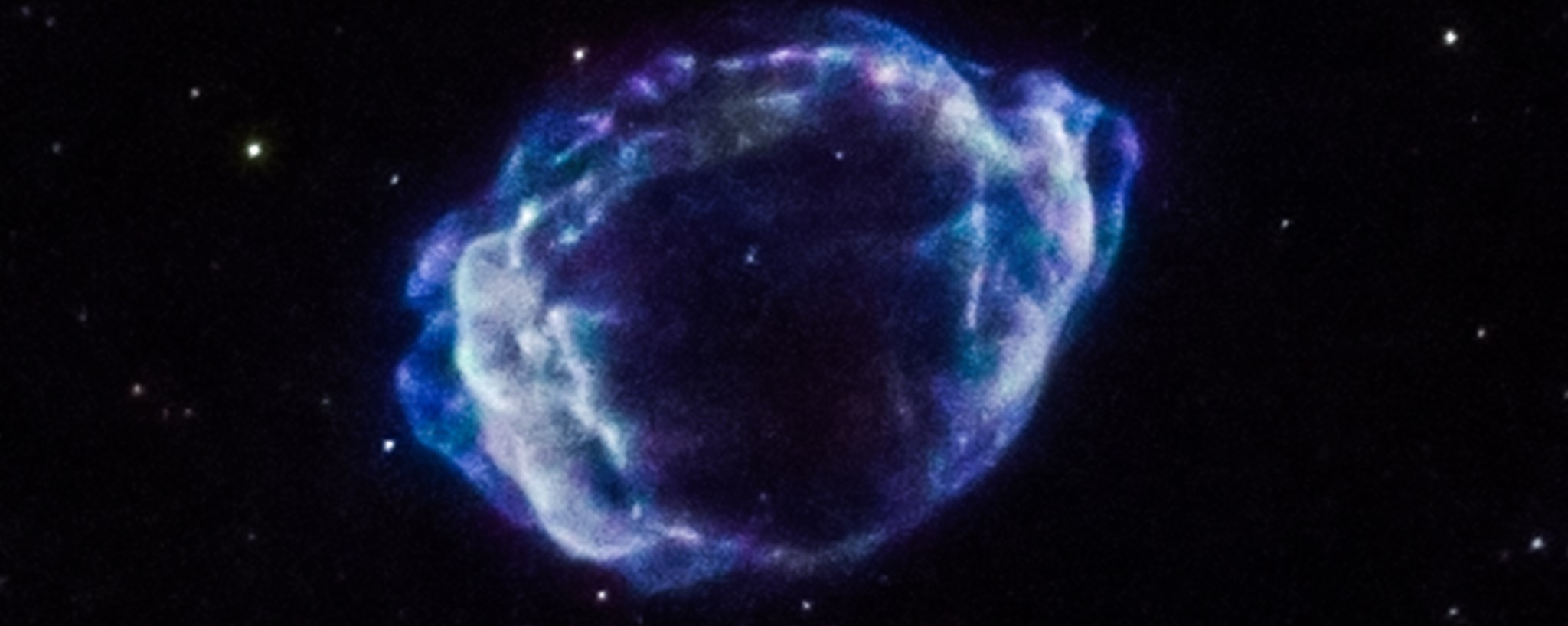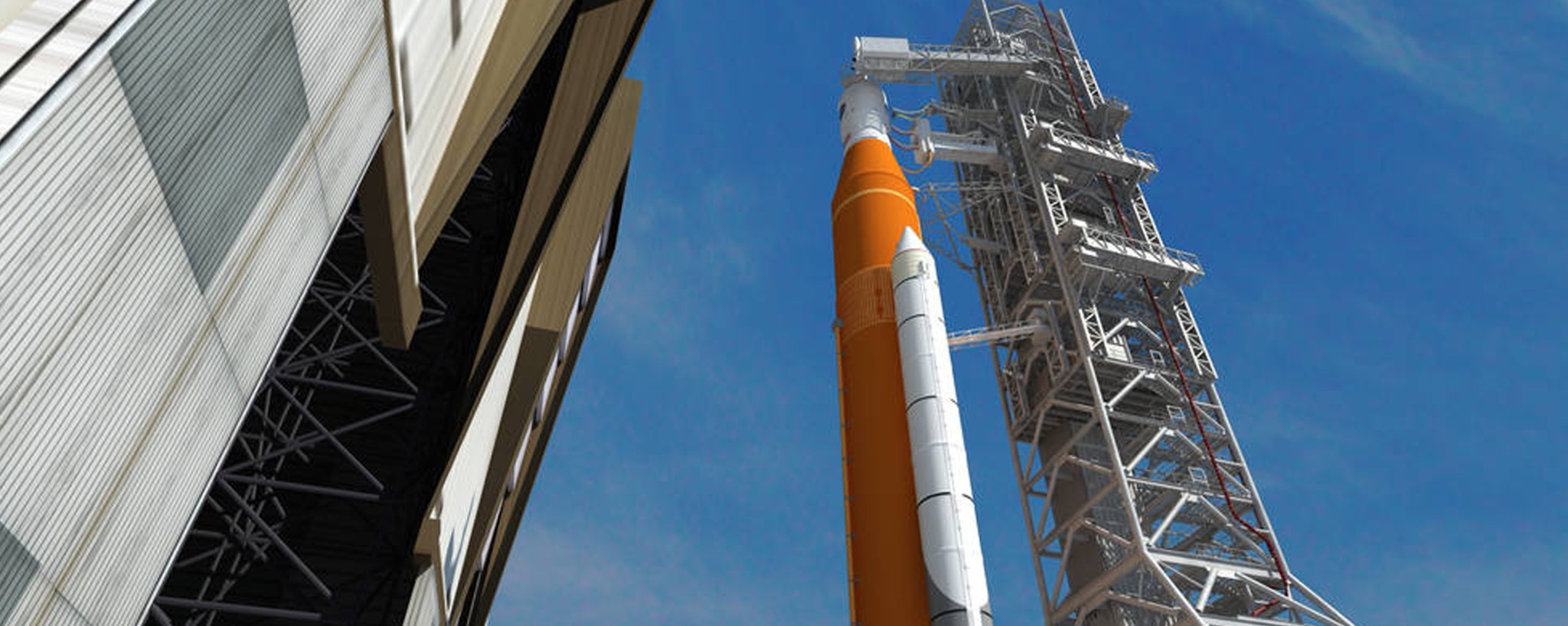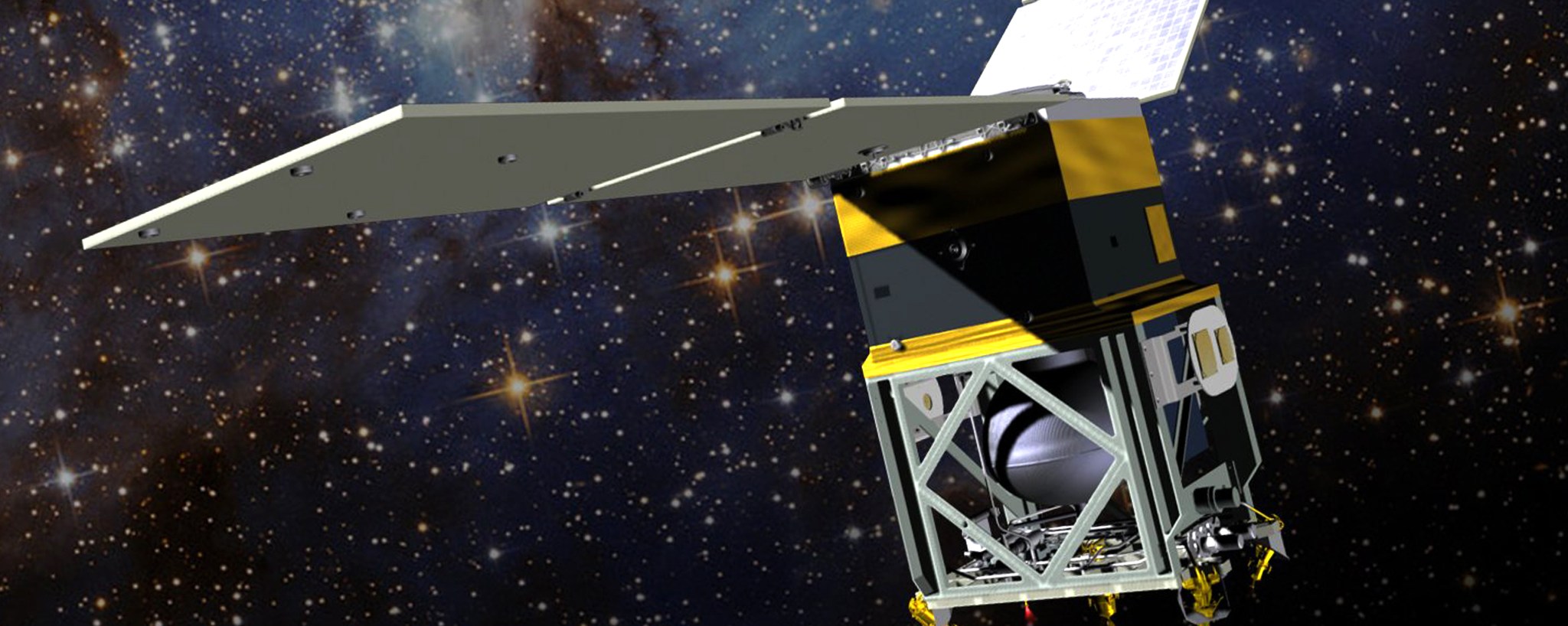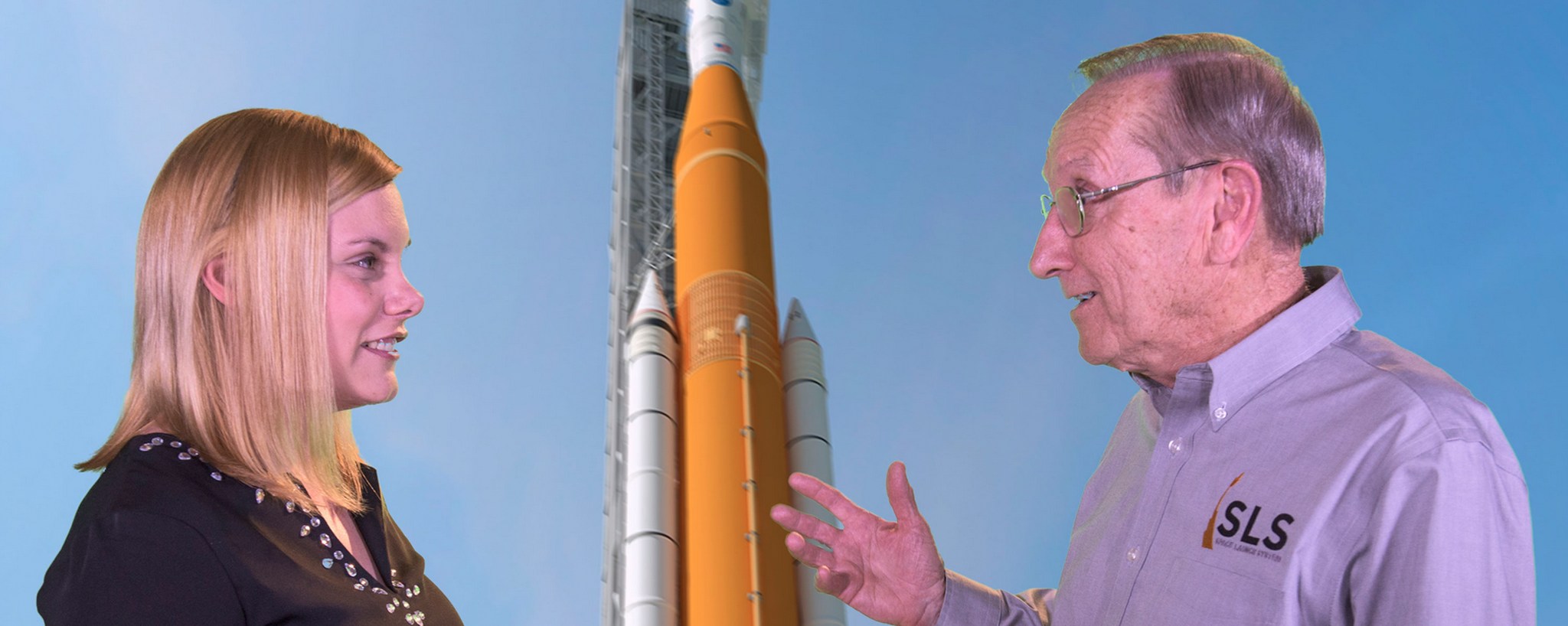View Full Media Advisory
Week of March 28 – April 1, 2016
Trigger for Milky Way’s Youngest Supernova Identified
Scientists have used data from NASA’s Chandra X-ray Observatory and the NSF’s Jansky Very Large Array to determine the likely trigger for the most recent supernova in the Milky Way. They applied a new technique that could have implications for understanding other Type Ia supernovas, a class of stellar explosions that scientists use to determine the expansion rate of the Universe. Read Full Article.
NASA’s ‘Spaceport of the Future’ Reaches Another Milestone
NASA has completed a major milestone on its journey to Mars and is ready to begin another phase of work on its spaceport of the future, where the next generation of astronauts will launch to Mars and other deep-space destinations. Read Full Article.
NASA Spacecraft to Test ‘Green’ Propellant Passes Major Pre-flight Milestone
NASA’s Green Propulsion Infusion Mission (GPIM) recently took another major step toward demonstrating the capabilities of a new propellant that is safer to handle on the ground and more efficient for thrusters in space. Read Full Article.
Time Flies: Next-Generation Rocket Is the Work of Generations
Kathryn Crowe is a twenty-something aerospace engineer who tweets from her smartphone and calls herself a “purveyor of the future.” Hugh Brady, on the other hand, began his career at Marshall during the days of punch cards and gargantuan room-sized IBM mainframes with an entire 16 kilobytes (!) of memory. Read Full Blog Post
Upcoming Event
NASA Human Exploration Rover Challenge: April 8-9, 2016
The NASA Human Exploration Rover Challenge will encourage research and development of new technology for future mission planning and crewed space missions to other worlds. Activities and Schedule | Registered Teams | Challenge Highlights
For more information, go to NASA Marshall.






























